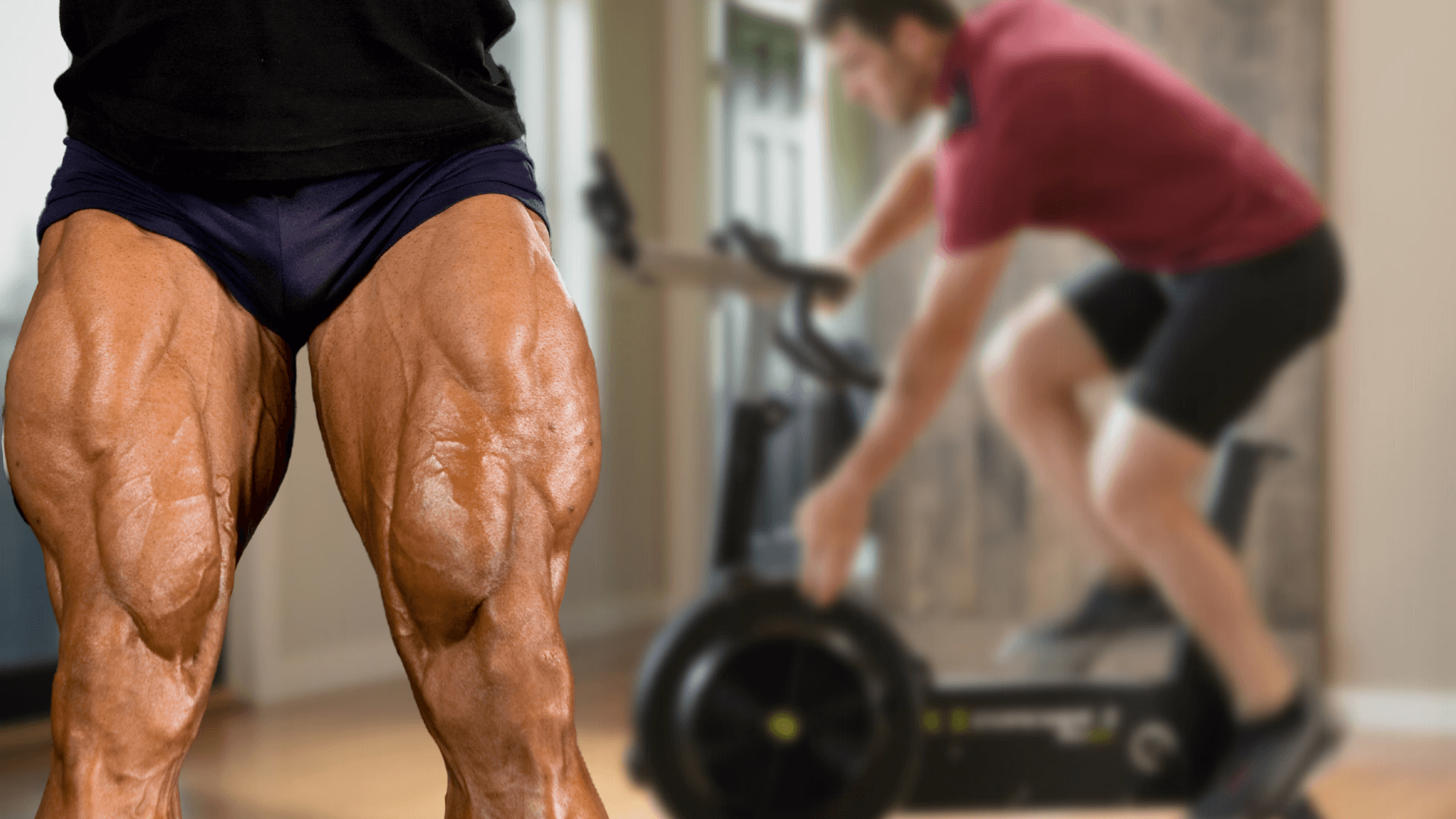Squats and running leave you hobbling for days?
One of the biggest challenges knee pain sufferers face, is maintaining leg strength without aggravating the knees. Particularly movements that strengthen the quads.
It’s a catch 22. If you push through the pain in search of stronger legs, you’re likely to end up with sore joints. Avoid any movements that aggravate the knees, and you’re likely to lose strength in your quads – which can result in even more knee pain in the future.
The challenge then, becomes working the quads as much as possible… without aggravation.
And for a lot of people, riding a bike (including a stationary bike) can be a good solution.
Sure, cycling may not be the best way to build strength in the quads, but you can definitely achieve high levels of quad activation, and increase endurance in the muscles. And for people fighting a seemingly unwinnable battle against plummeting leg strength, this might just be a good strategy for strength maintenance.
So let’s dig a little deeper into exactly HOW you should be cycling to maximise the activation of your quads.
It comes down to a comparison of seated, versus standing cycling.
In the paper, ‘Physiological and Biomechanical Differences Between Seated and Standing Uphill Cycling’, the researchers compared muscle activation patterns in two of the quadricep muscles (vastus medialis and rectus femoris) during seated and standing cycling.
They found a 13% increase in activation during standing cycling.
These findings were supported in ‘Muscular activity during uphill cycling: Effect of slope, posture, hand grip position and constrained bicycle lateral sways’.
In this paper, researchers also found increased level of activity in the same two quadriceps muscles.
The two studies attributed these changes to increases in pedal force; changes in joint angles, body position and biomechanics; and physiological variations.
So if you’re looking to use cycling as a substitute for training your quadriceps, standing up out of the seat is the way to go.





